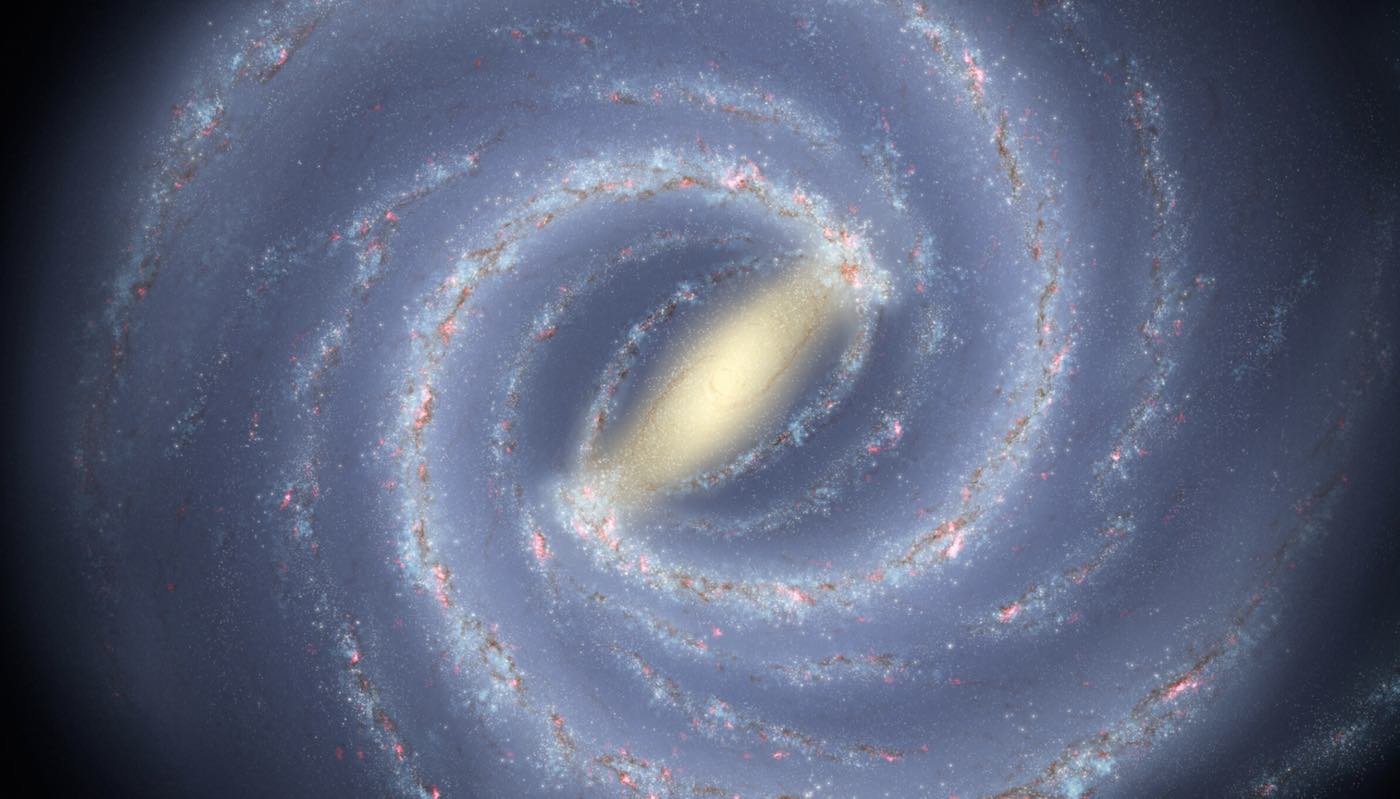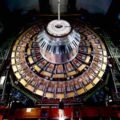New findings made possible by NASA’s James Webb Space Telescope reveal how galaxies that formed early in the universe appear to have developed more quickly than past models suggested.
The new findings, based on observations of galaxies going billions of years back in time, are challenging our past ideas about galactic formation and their evolution, revealing them to have been far less chaotic than previously thought.
At the heart of the new findings, an international team of researchers led by astronomers at Durham University in the United Kingdom says that Webb’s observations of early galaxies reveal evidence of bar formation during very early periods, involving lengthy strips of stars that are associated with spiral galaxies like the Milky Way.
Over time, these elongated star strips exert pressure on gas that causes it to accumulate in the center of galaxies, which gives rise to conditions astronomers recognize as the mature phase of their evolution.
In past studies, bar formation had only been associated with galaxies as old as nine billion years. However, with help from the Webb telescope, evidence of bar formation in much older galaxies has now been found, which could point to problems in our currently accepted ideas about how galaxies form.
Searching for evidence of bar formation in more than 360 galaxies, the international team was surprised to find that close to 20% of them had bars. Past observations by the Hubble Space Telescope had produced evidence of only about half as many galaxies possessing bars.
“We find that many more bars were present in the early universe than previously found in Hubble studies,” said Dimitri Gadotti, Ph.D., one of the co-authors of a new study detailing the team’s findings, adding that “bar-driven galaxy evolution has been happening for much longer than previously thought.”
“The fact that there are a lot more bars is what’s very exciting.”
Gadotti, a researcher with Durham University’s Center for Extragalactic Astronomy, said that current models of the universe will now require a closer look “to see if we get the same results as the observations we’ve made with James Webb. We have to think outside of what we thought we knew.”
Based on the recent findings, the further back in time astronomers look, the less evidence of bar-forming galaxies is evident. One reason for this could be that galaxies from this very early period in the universe’s development may have possessed shorter bar formations, which are more difficult to discern even with the sensitivity of Webb’s powerful eye.
In likelihood, further studies of additional galaxies and their appearance in the early universe—looking further than 12 billion years back in time—will be required to help discern whether bar formation occurred, which may offer astronomers a more comprehensive understanding of the dynamics of their formation.
Zoe Le Conte, Ph.D., a researcher at Durham University’s Center for Extragalactic Astronomy and lead author of the new study discussing the findings, says that what she and her collaborators have found is surprising since it goes against all expectations of the kind of volatility that would be expected of galaxies in earlier stages of their evolution.
“Our results show that bar-driven evolution might commence at early cosmic times and that dynamically settled discs are already present at a lookback time of ∼11 Gyr,” Le Conte and her co-authors write in the paper.
The new findings are the latest in a series of discoveries made by Webb that are helping to upend our past thinking about the universe.
Last year, researchers at The University of Texas at Austin reported that observations made by Webb involving six of the earliest and largest galaxies Webb has observed appear to contradict our currently accepted views in cosmology.
“Thanks to the James Webb Space Telescope we are seeing a lot of these bars much earlier in the life of the universe,” Le Conte said in a statement, “which means that galaxies were at a more settled stage in their evolution than previously thought.”
“This means we will have to adjust our views on early galaxy evolution,” Conte said.
Le Conte, Gadotti, and the team’s new research paper, “A JWST investigation into the bar fraction at redshifts 1 ≤ z ≤ 3,” was recently published in Monthly Notices of the Royal Astronomical Society.
Micah Hanks is the Editor-in-Chief and Co-Founder of The Debrief. He can be reached by email at micah@thedebrief.org. Follow his work at micahhanks.com and on X: @MicahHanks.

